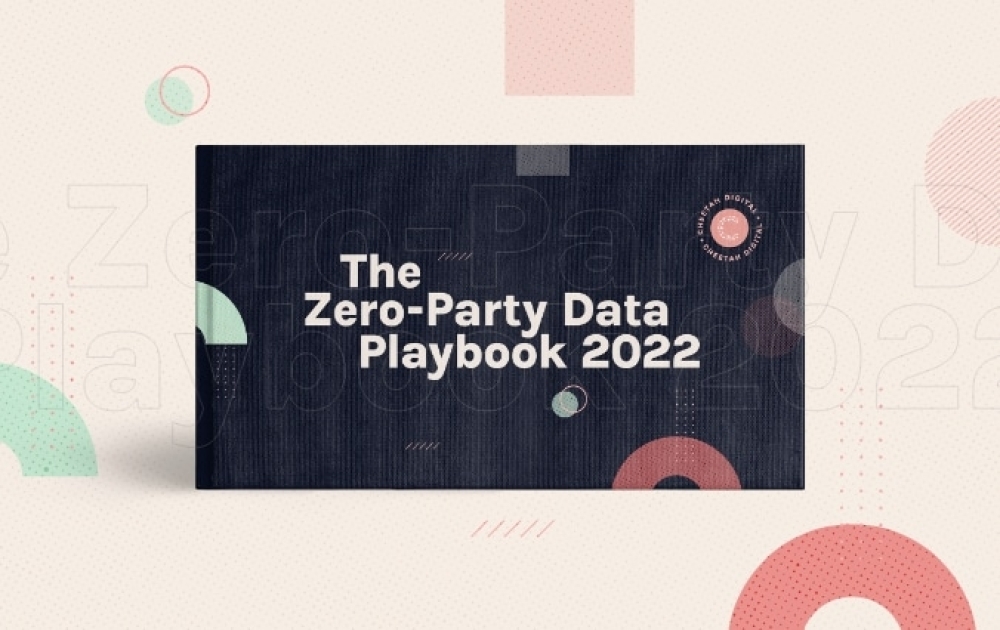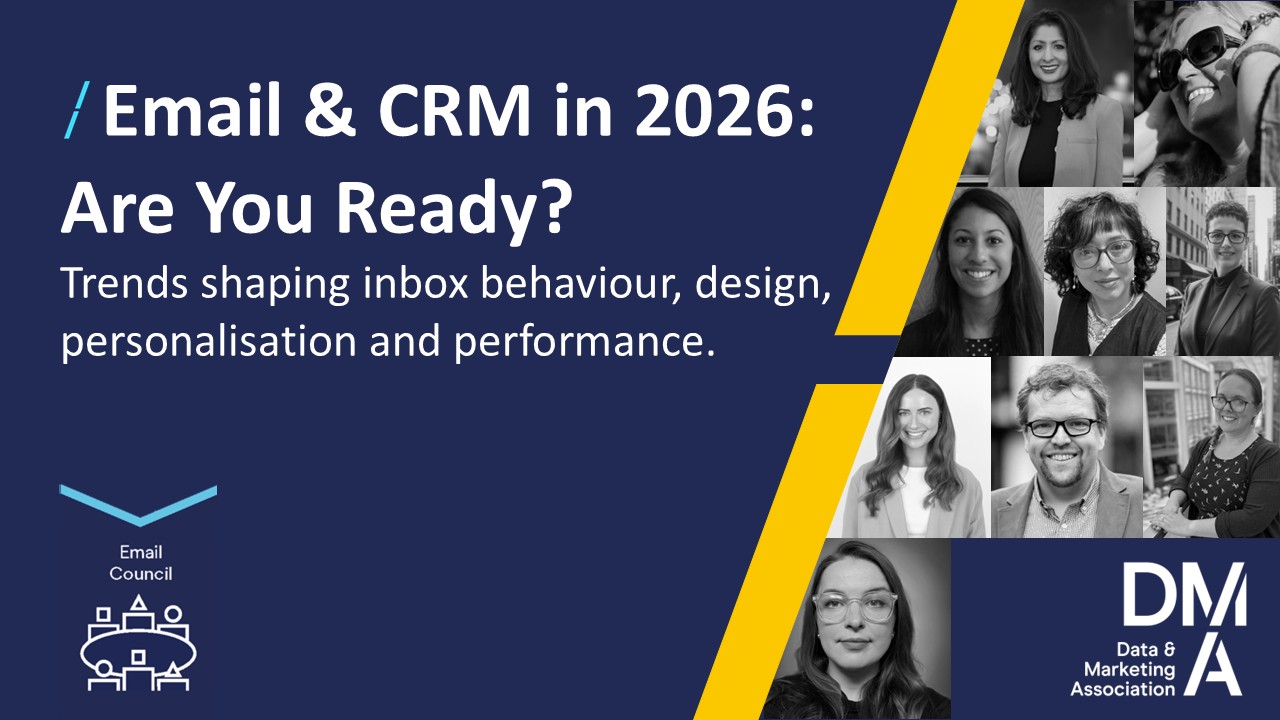Does Your Brand Have a Zero-Party Data Strategy?
28 Feb 2023

Zero-party data can help marketers to build direct relationships with consumers and, in turn, better personalize their marketing efforts, services, offers, and product recommendations.
Businesses have long known the power of data to fuel sales. For years, third-party data tools like trackers and cookies made this information reasonably easy to acquire. But as privacy regulations become more ubiquitous and valued by consumers, marketers need a strategy to collect personal data that was once accessed without the shopper even being aware. A sizable 61% of consumers view cookie-fueled ads as a creepy marketing tactic.
The majority of consumers want to receive personalized content and offers from trusted brands and will readily share personal data in return for it. Studies show that there’s a 62% increase in email open rates when zero-party data is used to personalize the correspondence.
Zero-party data is defined as information voluntarily provided by the consumer. Because it comes from a marketer’s own collection methods and directly from the consumer, it is more accurate, and therefore more valuable. A strategy rooted in zero-party data is about putting the customer first.
The Value Exchange
The good news for marketers is that consumers are willing to provide personal information in exchange for something of value. While 93% cite a discount as the most valuable benefit a brand can offer, there’s much more. Cheetah Digital by Marigold’s recent research study on consumer trends found that shoppers value access and “extras:
91% of shoppers are interested in loyalty rewards
86% want early and exclusive access to products and services
83% of consumers want to win a prize
61% are interested in bonus content
59% would share information about themselves to feel part of a brand’s community
The study also found that 82% of consumers favor a brand’s messaging that uses their data responsibly — an 11% increase since 2022. 49% of global consumers are frustrated with irrelevant content and offers. 42% felt frustration about messages from brands that don’t reflect their wants or needs.
Shoppers not only want –but expect personalized relationships with the businesses in their lives. And they are willing to disclose their personal data if offered the right value exchange.
Zero-party data is a winner for everyone.
How to Collect Zero-Party Data
Offering your shoppers interactive online experiences like opinion polls and personality quizzes is one of the best ways to collect zero-party data. Similar to a conversation with a treasured friend, it comes down to learning more about the person through a shared passion and a dialogue. The more you learn about your shoppers, the better you can meet their needs.
Some of the most popular kinds of digital experiences are:
-
Product match surveys
-
Personality quizzes
-
Live polls
-
Post-purchase surveys
-
Interest-based contests and sweepstakes
The answers consumers rank can inform business decisions about which new product lines to launch or areas in need of improvement such as customer service. This data is more valuable than anything that can be surreptitiously collected from intrusive tracking software or purchased from third-party list sellers.
The data you collect can then be used to generate more relevant messaging for each and every shopper. Each interaction is built on the previous one. Better data leads to better personalization and a better customer experience. Happier customers are inclined to spend more and deliver increasingly higher lifetime values.
The truth is, engagement isn’t possible without personalization. And personalization isn’t possible without data. Every time a customer comes in contact with your brand, it’s an opportunity to create a more complete picture of who they are.
Download The Zero-Party Data playbook to learn more about how to launch your zero-party data strategy. With examples from leading brands see how you can create hyper-personalized, high-converting campaigns that keep your customers coming back again and again.




Please login to comment.
Comments